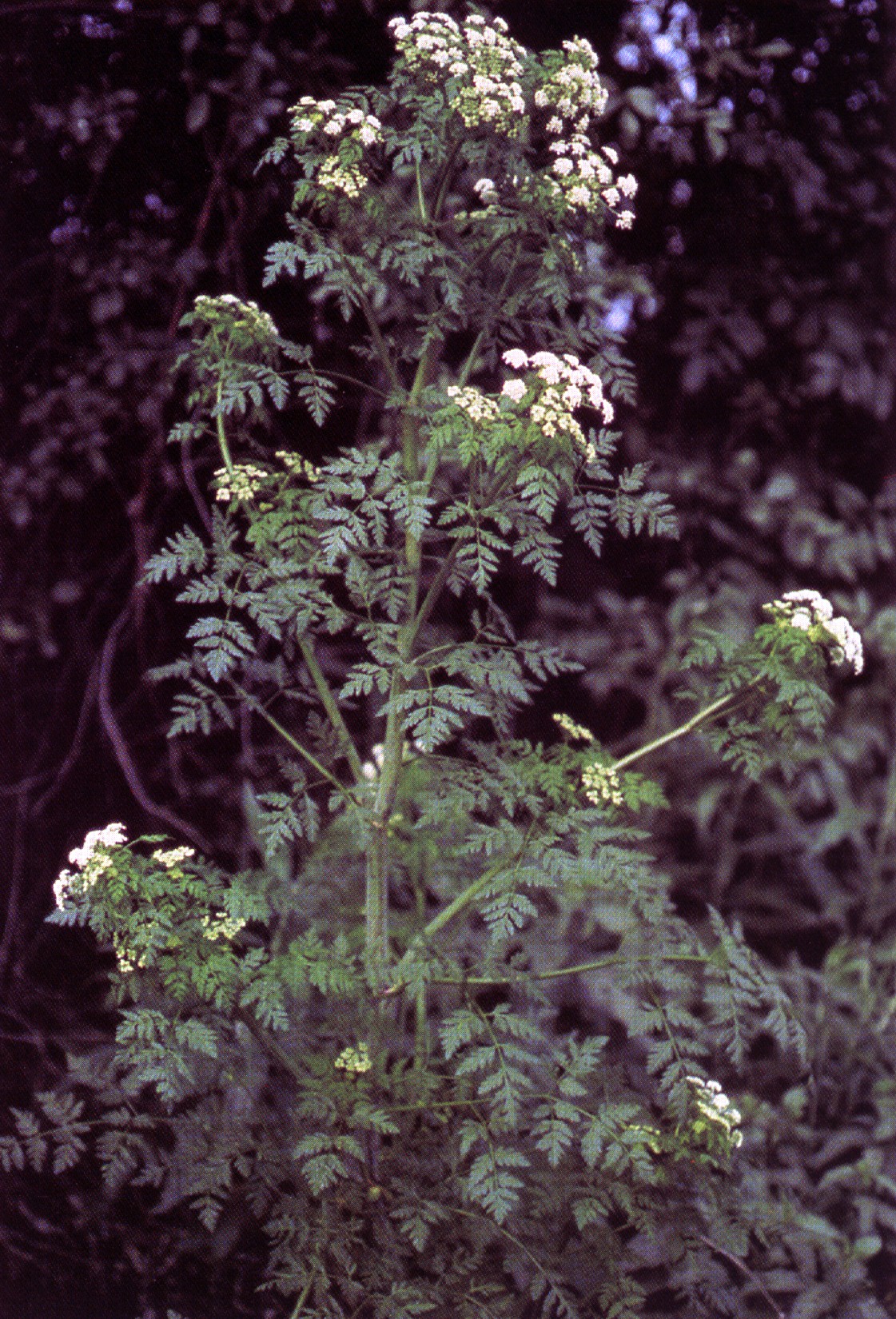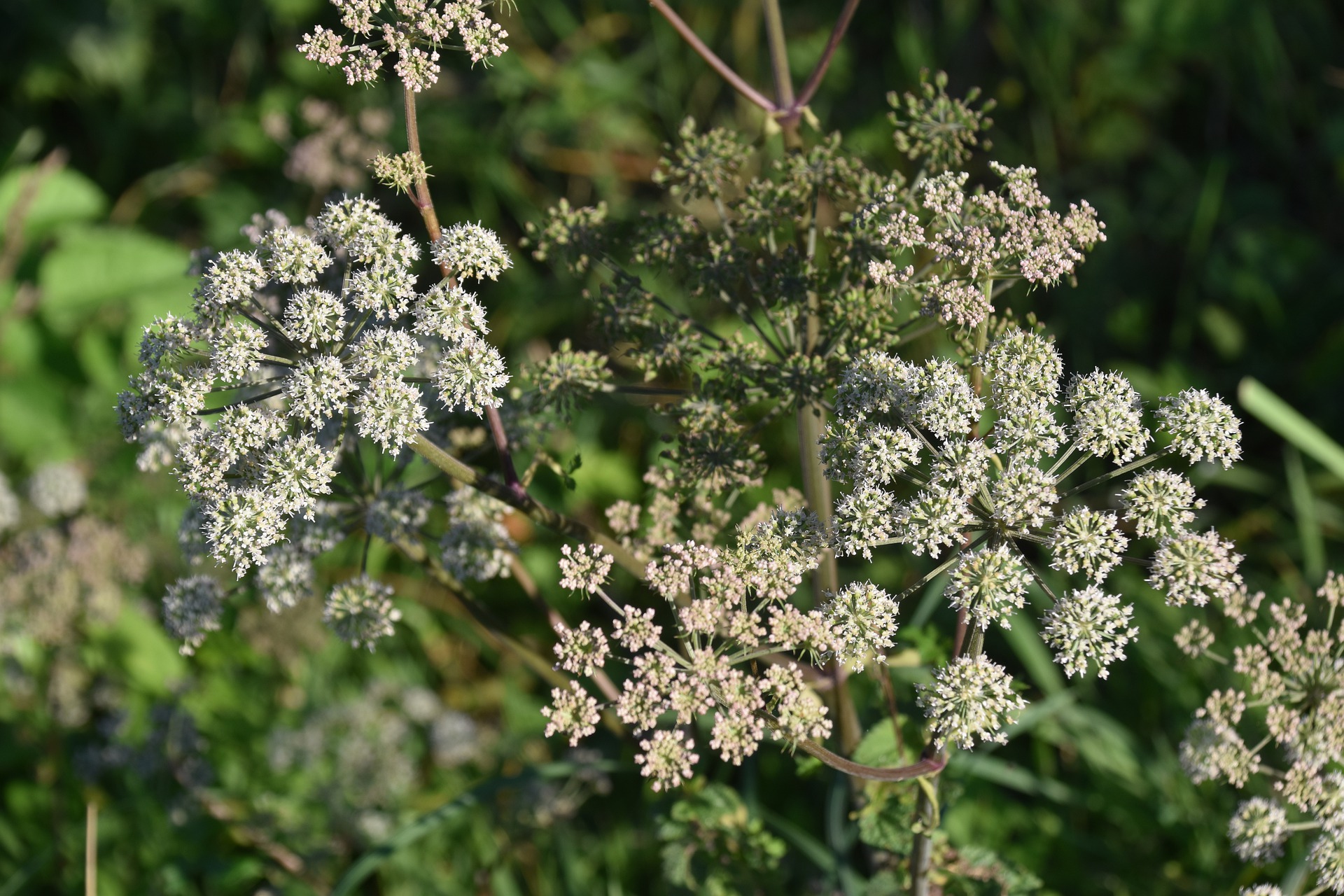Poison Hemlock: A Deadly Beauty
Poison hemlock (Conium maculatum) is a highly toxic plant that poses a serious threat to both humans and animals. Its deceptive appearance, with delicate white flowers and lacy leaves, often masks its deadly nature. This article will delve into the various aspects of poison hemlock, including its identification, toxicity, history, and prevention.
Identification
Poison hemlock is a tall, biennial herb that can reach heights of up to 8 feet. It has a hollow stem that is often spotted with purple or red marks. The leaves are compound and triangular in shape, with finely divided leaflets. The flowers are small, white, and clustered in umbrella-shaped heads. The plant produces seeds that are small, round, and ribbed.

It is important to be able to accurately identify poison hemlock to avoid accidental ingestion. While it may resemble other plants, such as wild carrot or Queen Anne’s lace, there are key differences. Poison hemlock has a hollow stem, while wild carrot and Queen Anne’s lace have a solid stem. Additionally, the leaves of poison hemlock are compound, while the leaves of wild carrot and Queen Anne’s lace are feathery.
Toxicity
Poison hemlock contains a potent neurotoxin called coniine. This toxin can cause paralysis and respiratory failure, leading to death. Ingestion of any part of the plant can be fatal, but the roots and seeds are particularly toxic.
The symptoms of poison hemlock poisoning can appear within a few hours of ingestion and may include:

Nausea and vomiting
If you suspect that you or someone you know has ingested poison hemlock, it is important to seek medical attention immediately.
History
Poison hemlock has a long and dark history. It was used by the ancient Greeks to execute criminals, including Socrates. The plant was also used in traditional medicine for various ailments, but its toxic properties often led to fatal consequences.

In modern times, poison hemlock has been involved in several accidental poisonings. Cases have occurred due to the plant being mistaken for edible wild herbs or due to its presence in contaminated food or water.
Prevention
The best way to prevent poison hemlock poisoning is to avoid contact with the plant altogether. If you have poison hemlock growing on your property, it is important to remove it carefully, wearing gloves and protective clothing. Do not burn the plant, as the smoke can also be toxic.
If you have children or pets, it is important to educate them about the dangers of poison hemlock. Teach them to avoid touching or eating any unknown plants.
Conclusion
Poison hemlock is a highly toxic plant that poses a serious threat to human and animal health. It is important to be able to accurately identify the plant and take steps to avoid contact with it. By understanding the dangers of poison hemlock and taking appropriate precautions, you can help protect yourself and others from harm.

:strip_icc()/Star-Jasmine-Bb09HQPpasXBPjzYMW55cV-cae2b5707aa74a3ba328959ad0357284.jpg?w=200&resize=200,112&ssl=1)




